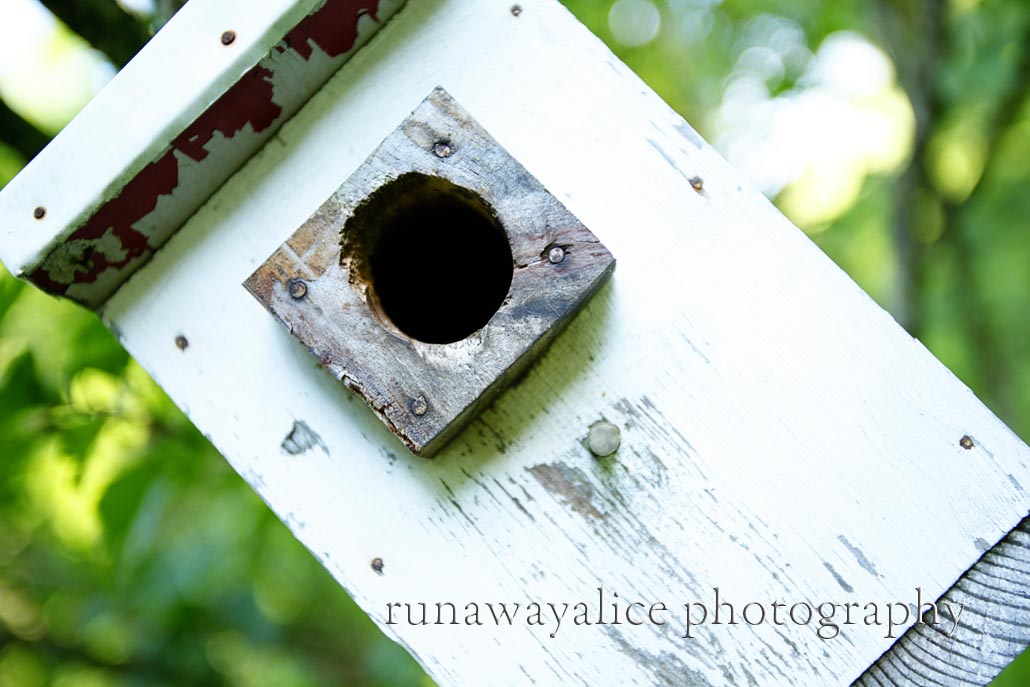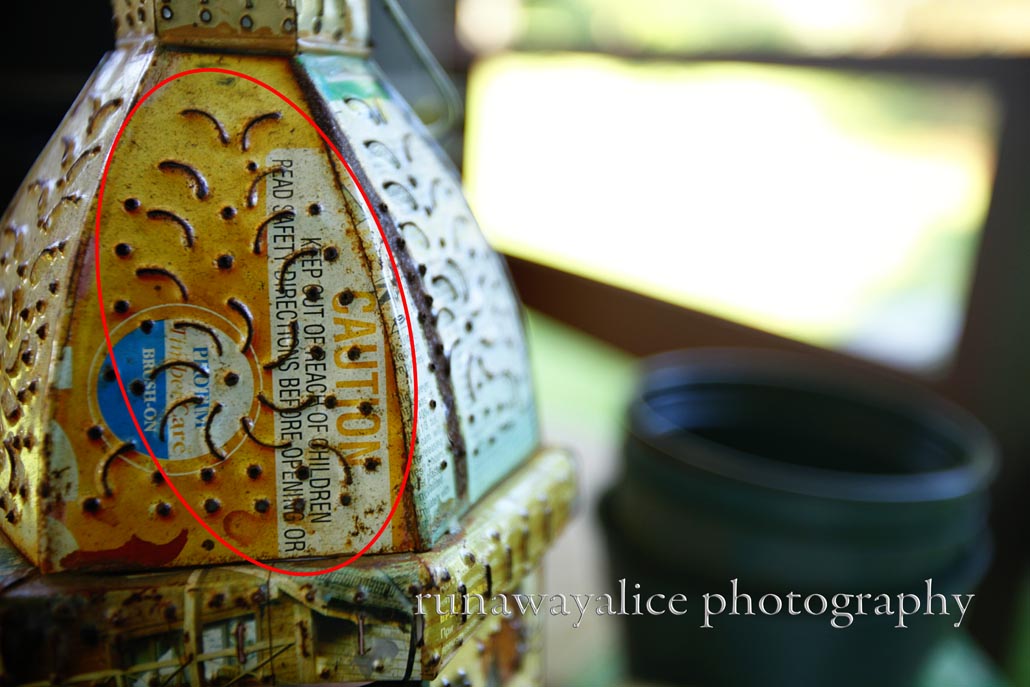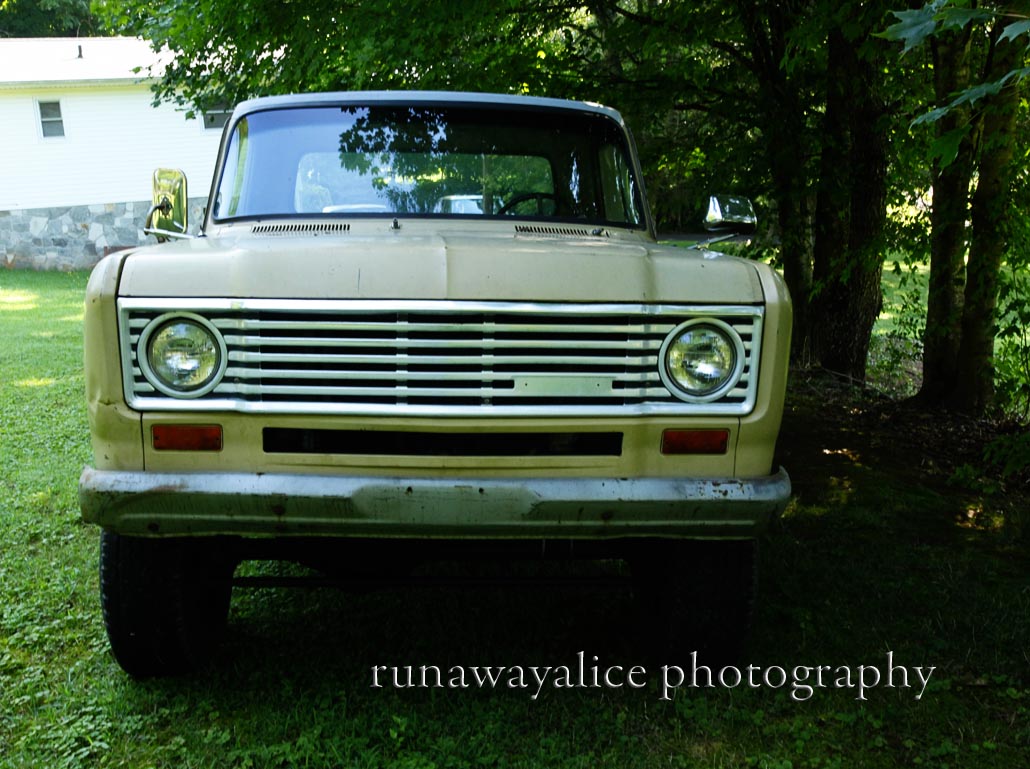 On our last camera basics post we talked about camera settings and Aperture Priority, Shutter Priority, and Manual. We lightly touched on what aperture is and depth of field, as well as shutter speed. Today we're going to talk about how aperture affects your depth of field and how depth of field affects your pictures.
Depth of field is literally, the "field" in your photograph that is sharp or in focus. Your aperture is what determines your depth of field. Smaller aperture number 2.8 means the larger the opening in the camera is (I know it's confusing it's backwards!), the higher the number like 22 the smaller the hole and the more that is going to be in focus. Let's use some pictures to illustrate, that always helps me figure it out a little better, and after all this is a photography site!
On our last camera basics post we talked about camera settings and Aperture Priority, Shutter Priority, and Manual. We lightly touched on what aperture is and depth of field, as well as shutter speed. Today we're going to talk about how aperture affects your depth of field and how depth of field affects your pictures.
Depth of field is literally, the "field" in your photograph that is sharp or in focus. Your aperture is what determines your depth of field. Smaller aperture number 2.8 means the larger the opening in the camera is (I know it's confusing it's backwards!), the higher the number like 22 the smaller the hole and the more that is going to be in focus. Let's use some pictures to illustrate, that always helps me figure it out a little better, and after all this is a photography site!
For example if your aperture is set at 2.8 (wide open) you are going to have a shorter depth of field, meaning the things closer to you will be in focus and the background is going to be soft and out of focus. Here is a prime example of that. The red circle highlights the area that is in focus while the background is out of focus.
 Here is another example. In this photograph my aperture is set at 5.0, shifting the depth of field more towards the middle. Now I am highlighting the corner of the lantern (yes it's a funky lantern, oh the things we use for examples). This allows the closest part of the object to go out of focus, while also keeping the background out of focus.
Here is another example. In this photograph my aperture is set at 5.0, shifting the depth of field more towards the middle. Now I am highlighting the corner of the lantern (yes it's a funky lantern, oh the things we use for examples). This allows the closest part of the object to go out of focus, while also keeping the background out of focus.
 Again, as we continue up the aperture numbers, this is at about an 8.0.
Again, as we continue up the aperture numbers, this is at about an 8.0.
 And all the way up. Now, even though aperture controls your depth of field, the point on which you decide to focus on is obviously also going to change what is in focus and what is out. For example if I were to zoom out in this photograph but keep my aperture at 12-22, then everything would be in focus, not just the back ground. But I am choosing to focus on the background. But I am also able to do that because of my aperture being set at the higher setting. Confused yet?
And all the way up. Now, even though aperture controls your depth of field, the point on which you decide to focus on is obviously also going to change what is in focus and what is out. For example if I were to zoom out in this photograph but keep my aperture at 12-22, then everything would be in focus, not just the back ground. But I am choosing to focus on the background. But I am also able to do that because of my aperture being set at the higher setting. Confused yet?
Sometimes it helps if you take your camera lens off of automatic focus, set it to manual and then set your aperture. See when you move the focus what is in focus and what can't be in focus at that setting. That will give you a little better idea of what I mean.
 Most of the time I prefer a short depth of field, meaning I keep my camera at 2.8 a lot. I think it just adds an intimate feeling to the photographs. But even in this picture I should have paid attention a little bit more and got his little antennae in focus as well. Focus and depth of field help you tell the viewer what is important to you.
Most of the time I prefer a short depth of field, meaning I keep my camera at 2.8 a lot. I think it just adds an intimate feeling to the photographs. But even in this picture I should have paid attention a little bit more and got his little antennae in focus as well. Focus and depth of field help you tell the viewer what is important to you.
 Here is another example of changing the depth of field within the letters on the truck...
Here is another example of changing the depth of field within the letters on the truck...
 A little bit farther out on the focus...
A little bit farther out on the focus...
 Although I prefer the shorter depth of field, there are times when having everything in focus is nice. Like for large sweeping landscapes, or group shots, or big honkin' trucks. If you take a landscape picture for example at a shorter depth of field (but you want it all in focus) it may look all in focus at the time, but then you'll get it home, put it in photoshop and go, "why is that mountain back there fuzzy?" Same with group shots, it will look wonderful but then you'll exclaim when poor ol' Uncle Bob is all fuzzy.
Although I prefer the shorter depth of field, there are times when having everything in focus is nice. Like for large sweeping landscapes, or group shots, or big honkin' trucks. If you take a landscape picture for example at a shorter depth of field (but you want it all in focus) it may look all in focus at the time, but then you'll get it home, put it in photoshop and go, "why is that mountain back there fuzzy?" Same with group shots, it will look wonderful but then you'll exclaim when poor ol' Uncle Bob is all fuzzy.
 The only last thing to remember is that as you're changing your aperture, remember that you have to adjust your other elements like shutter and ISO to compensate for your lighting. So, if you're in Aperture Priority (AV) your shutter will adjust for you. But remember to change your ISO if you're going from inside to out, or sun to shade. If you're in Manual, remember to keep your eye on that light meter in your viewfinder and change your shutter speed when you adjust your aperture. Now go out there and have some fun with depth of field!!
The only last thing to remember is that as you're changing your aperture, remember that you have to adjust your other elements like shutter and ISO to compensate for your lighting. So, if you're in Aperture Priority (AV) your shutter will adjust for you. But remember to change your ISO if you're going from inside to out, or sun to shade. If you're in Manual, remember to keep your eye on that light meter in your viewfinder and change your shutter speed when you adjust your aperture. Now go out there and have some fun with depth of field!!






